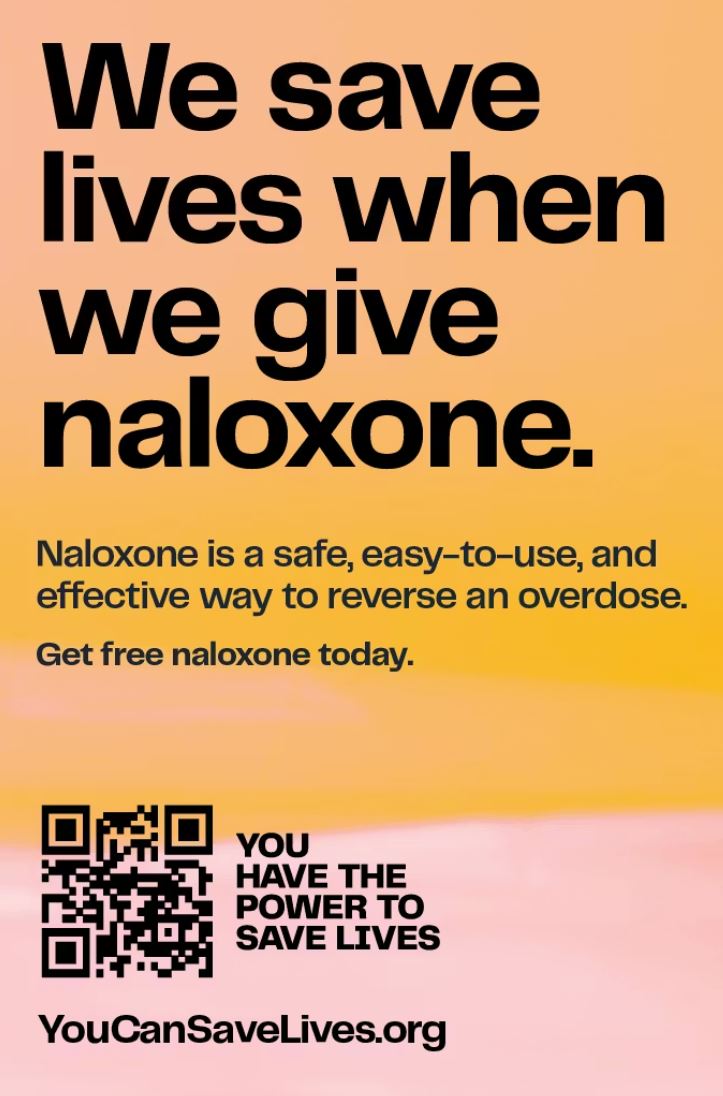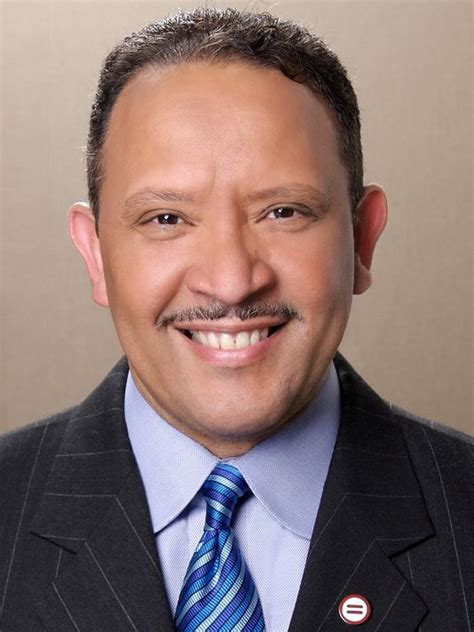In the wake of a decade-long surge in drug overdose deaths among Black Americans nationwide, a coalition of Black community leaders, government officials, and health experts across seven cities launched a campaign to promote the use of overdose-reversing naloxone in Black communities.
The “You Have the Power to Save Lives” campaign includes more than a dozen community groups, health organizations, and local government agencies. Their efforts focus on establishing new naloxone distribution points in Black communities—including firehouses, neighborhood gathering spaces, and local health providers—to reduce the stigma around carrying naloxone and empower individuals to save lives in the event of an overdose.
The campaign is engaging in Louisville, KY; Durham, NC; Milwaukee, WI; Newark, NJ; Albuquerque, NM; Philadelphia, PA; and Detroit, MI. Six popular radio hosts in Philadelphia, Milwaukee, and Detroit are channeling their voices and energy to the You Have the Power to Save Lives campaign. The radio hosts recite personal experiences to deliver powerful messages about why naloxone is needed to save lives. Their recordings are available in the newsroom audio section on the campaign website.

Nationwide, there has been a recent 24% decline in overdose deaths,but data suggests the number of deaths in Black communities remains disproportionately high and calls for equitable investment and focus on health interventions to address this problem. Overdose is the leading cause of injury death for Black adults in the United States, surpassing gun violence and car crashes. In many cities, older Black men are four times more likely to die of overdose than other men in their age group. While overdose rates in Black communities have been rising for the past ten years, they skyrocketed since 2020, when overdose rates in the Black population overtook rates in the white population. The campaign released a report consolidating recent evidence that the problem is mounting in Black neighborhoods.
“We are cautiously optimistic about declining overdose death rates nationally, but after years of skyrocketing rates, the wide disparities experienced by Black communities are raising the alarm,” emphasized Daliah Heller, Vice President for Overdose Prevention Initiatives at Vital Strategies, the global health organization leading the campaign. “Rates are higher among Black adults than their white counterparts; we urgently need equitable and focused strategies. The campaign is making lifesaving naloxone more widely available in Black communities in seven states and mobilizing Black people to carry it to protect friends, family, and community.“

Daliah Heller, Vice President for Overdose Prevention Initiatives at Vital Strategies
The campaign is promoting community champions who speak out through ads on the radio, digital media, and interviews across the seven cities. The personal appeals of people directly affected by overdose are a powerful plea to keep naloxone readily available to save friends and loved ones who may overdose on opioids, such as heroin and fentanyl, or from prescription medications like oxycodone or codeine. At the heart of the campaign is a new website – YouCanSaveLives.org – where people can find out where to obtain naloxone nearby, hear powerful, real-world testimonials, and take action to spread the word about the importance of naloxone. There was a moving virtual press conference on March 26, where community leaders, government representatives, and mothers who had tragically lost children spoke about the need to turn the tide against Black overdose deaths.
In a video message at the press conference, Marc Morial, President of the National Urban League, applauded the campaign, saying: “The needless death of so many, both young and old, from drug overdoses is an issue that demands our immediate attention. Black and Brown communities must be made aware that this life-saving medicine is available for free in many communities. We do have the power to stop preventable overdose deaths. Each of us listening today can play a crucial role in this fight by passing this knowledge on.”

Marc Morial, President of the National Urban League
Kimberly Douglas, a mother from Bowie, Maryland, whose son died from a drug overdose, is a strong advocate for the campaign. “Nearly two years ago, I lost my 17-year-old son, Bryce, to a drug overdose. Now, I search for other mothers who have lost their children. Talking helps relieve the hollowness left by this loss. But it’s difficult to find other Black mothers willing to acknowledge and share their grief. Black women are celebrated for our resilience, strength, and ability to overcome adversity. But this has been a lonely journey for me.”
Douglas started a Facebook group, Black Moms Against Overdose, seeking a safe place for Black families whose loved ones overdosed.
“I am participating in this campaign by Vital Strategies to urgently increase awareness of the need to make naloxone, the life-saving medication, more accessible in Black communities,” Douglas said. “At the core of this campaign are personal stories, like mine, of individuals directly affected by overdose deaths. We can make a difference. Bryce will not walk through my front door again, but we can ensure that more sons and daughters make it home.”
Data from the seven target locations demonstrates why more naloxone is needed in these cities:
ALBUQUERQUE: New Mexico’s drug overdose death rate has been one of the highest in the nation for most of the last two decades. In Bernalillo County, there were 70.2 overdose deaths per 100,000 Black residents from 2017 to 2021, compared to 34.7 white overdose deaths per 100,000. Link: https://ibis.doh.nm.gov/indicator/view/DrugOverdoseDth.Cnty.RacEth.html
DETROIT—In Michigan, the rate of overdose death was three times higher for Black individuals than for white individuals, and Black men and women were nearly half of the state’s overdose deaths, according to the Michigan Department of Health and Human Services. In 2023, one in five Michiganders lost to overdose lived in Wayne County, where the Black population dies from overdose at twice the rate of white residents. Link: https://www.michigan.gov/opioids/category-data
DURHAM—In Durham County, Black people account for only one-third of the county’s total population but nearly two-thirds of all overdose-related hospital admissions, according to 2024 data from the state’s Department of Health and Human Services. Link: https://drive.google.com/drive/folders/1kSGLLgnUKFTQHyqEk8pBoyyrXgn739lI
LOUISVILLE— In Kentucky, overdose deaths increased by 12% in the Black population from 2021 to 2023 while decreasing by 11% in the white population over the same period. Overdose fatalities in 2023 were 50% higher for Kentucky’s Black population than for the white population. Link: https://governor.ky.gov/attachments/2023-Drug-Overdose-Fatality-Report.pdf
MILWAUKEE— Death rates among Milwaukee’s Black community saw an overall decline in 2024 but remained twice as high as death rates among white Milwaukeeans, according to city data. Black Milwaukeeans accounted for 42% of all overdose deaths in Milwaukee County despite being only 27% of the county population.
NEWARK— Black residents accounted for more than 60% of all overdose deaths in Essex County in 2023. The rate of overdose death was three times higher among the Black population in the county than the white population. Link: https://www.nj.gov/health/populationhealth/opioid/sudors.shtml
PHILADELPHIA— In Philadelphia, the rate of overdose deaths in the Black population was almost twice the rate in the white population in 2023. Further, the rates of overdose death in North and West Philadelphia, both Black neighborhoods, are among the highest in the city, according to the Philadelphia Department of Public Health. Link: https://philadelphiapublichealth.shinyapps.io/philastats/
Tracie M. Gardner, Executive Director of the National Black Harm Reduction Network, said that the “You Have the Power to Save Lives” campaign is urgently needed to engage these community and grassroots leaders as advocates for naloxone. “To bring persistently high overdose rates in Black populations down, we can draw upon the strengths, values, and beliefs within our communities,” maintained Gardner, whose organization is a key partner in the campaign. “One of the legacies of the war on drugs is stigma and mistrust. We’re proud that the campaign is built in partnership with Black community champions and will reach into communities through talk shows, community newspapers, church bulletins, and neighborhood hubs to promote lifesaving naloxone.”

Tracie M. Gardner, Executive Director of the National Black Harm Reduction Network